
How to break the stereotype
A priority service without compromise.
Sometimes in an industry, we have to ask ourselves: what’s in a name? Our industry in particular has a history of renaming to reinvent, even when the ‘reinvention’ is little more than a refresh. Polarcus onboard processing, an industry-leading technique delivered straight from our vessels shortly after acquisition, is a priority service that means our clients receive the finished product ahead of the competition. So, is this true innovation, or nothing more than a step change? To answer that we need to go back to the beginning…
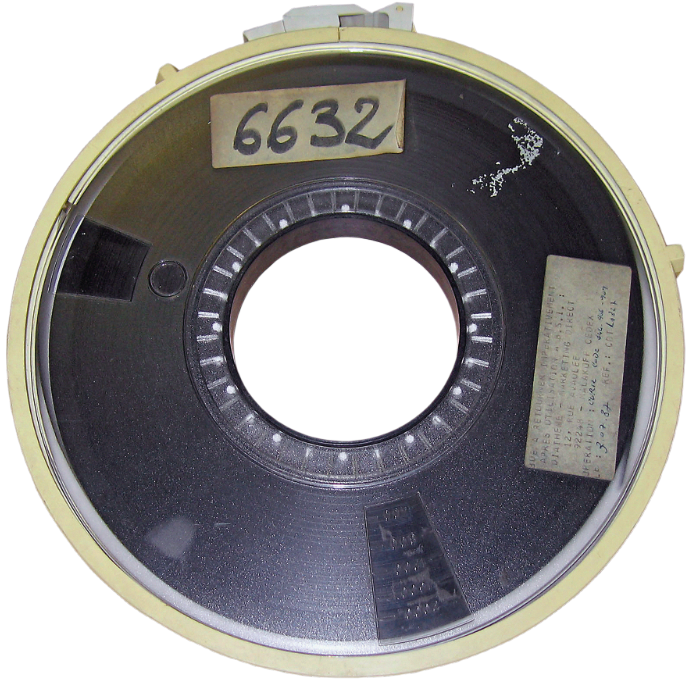
‘Fast-track processing’
When I first started out in the seismic industry 25 years ago, the shared motive was to achieve processing of the navigation data on board to ensure that when the vessel left the survey area, we at least knew where it had been! The seismic data quality control was pretty much down to the occasional shot gather, some rather sketchy near-trace displays and the occasional brute stack. A PC with software called MicroMax and a 9-track tape drive attached, a hefty piece of equipment that was the size of a fridge, performed the stacking. However, any processing such as a simple Stolt migration would run for days, hence processing had to be done onshore.
Gradually, computers became more powerful, the tape drives more compact and the processing software more capable. We had the capability to clean and sort data effectively on-site and thus, the start of ‘fast-track’ processing. Over the years, this term has had various interpretations and stigmas attached, but it can be generalised into two main types: the first is an enhanced QC product to verify the seismic data quality in a 3D sense, or alternatively, a product that is started on board but completed onshore to allow for initial interpretation to commence.
The 3D QC fast-track was generally completed on board and featured a very limited processing sequence, with data volume decimation and trace-drop performed early on, sometimes output with limited offsets. This data could then be brute-stacked and in some cases post-stack migrated. The result was a useful but quick ‘firstlook’ at the data to see if something needed further consideration or was note-worthy for the subsequent ‘main-track’ processing onshore. That was all that volume could be used for: a guide for the onshore geophysicists and interpreters.
In the second use of fast-track processing, the aim was to get a product off the vessel to be used as an initial interpretation volume and the focus was on the testing of noise removal, simple de-multiple, and velocity picking. This data could then be taken onshore for completion of the time-processing and 3D pre-stack migration. After some post-stack ‘cosmetics’, you end up with a pretty good dataset within a reasonable time-frame. The fast-track volume can be comparable to the maintrack processing, at least in some ways, but nevertheless required the joint efforts, time and expense of onboard and onshore data processing, which was not ideal.
Over the years, we have witnessed the evolution of ‘fast-track’, with some companies even tackling the likes of pre-stack depth migration on board. However, until technology could catch up with aspiration, there was always some compromise made to processing and imaging that left the user wanting more, needing more, before committing to placing an expensive well. If nothing else, nobody wants to hear that the volumetric calculations for reserves have come from a fast-track derived geological model!
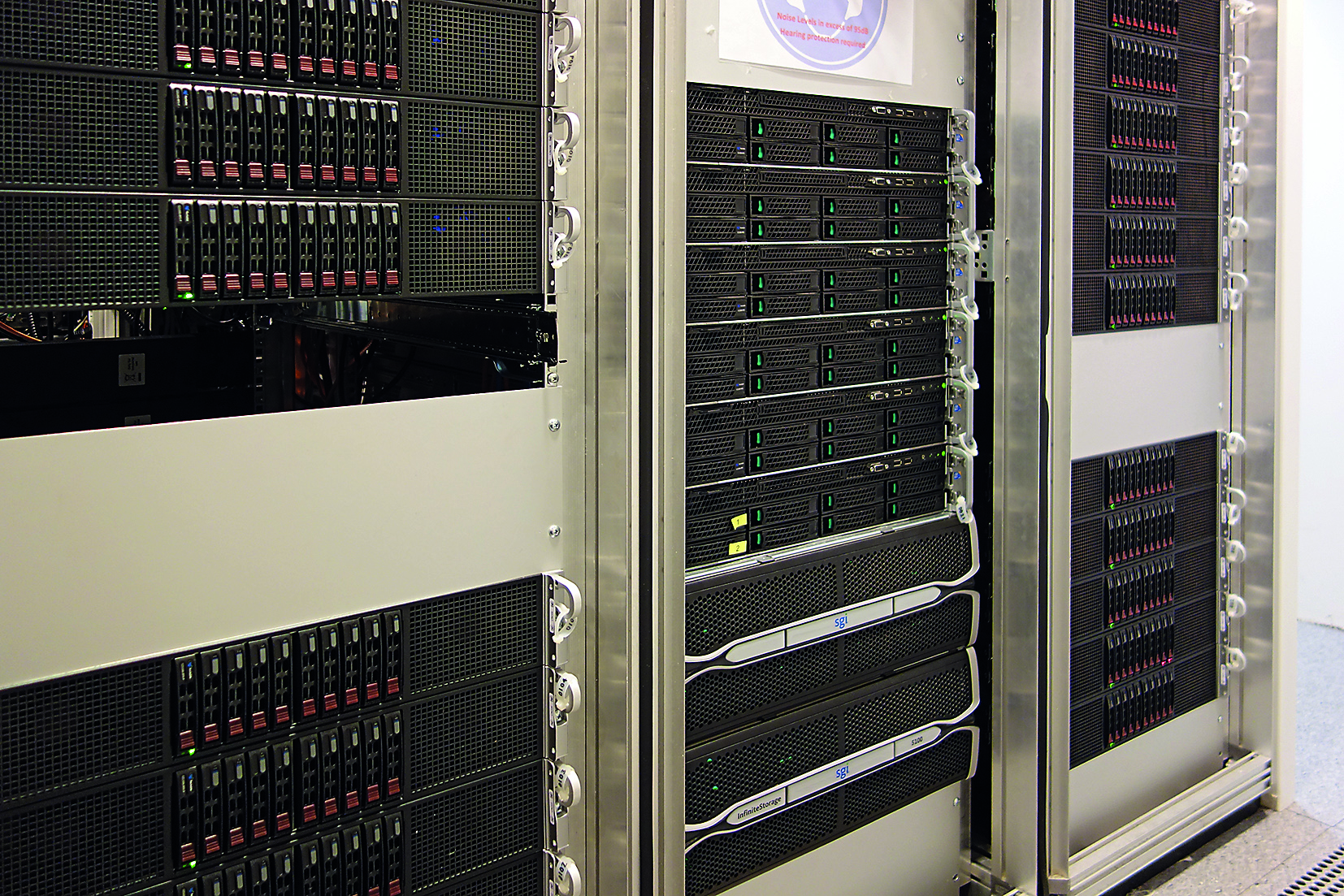
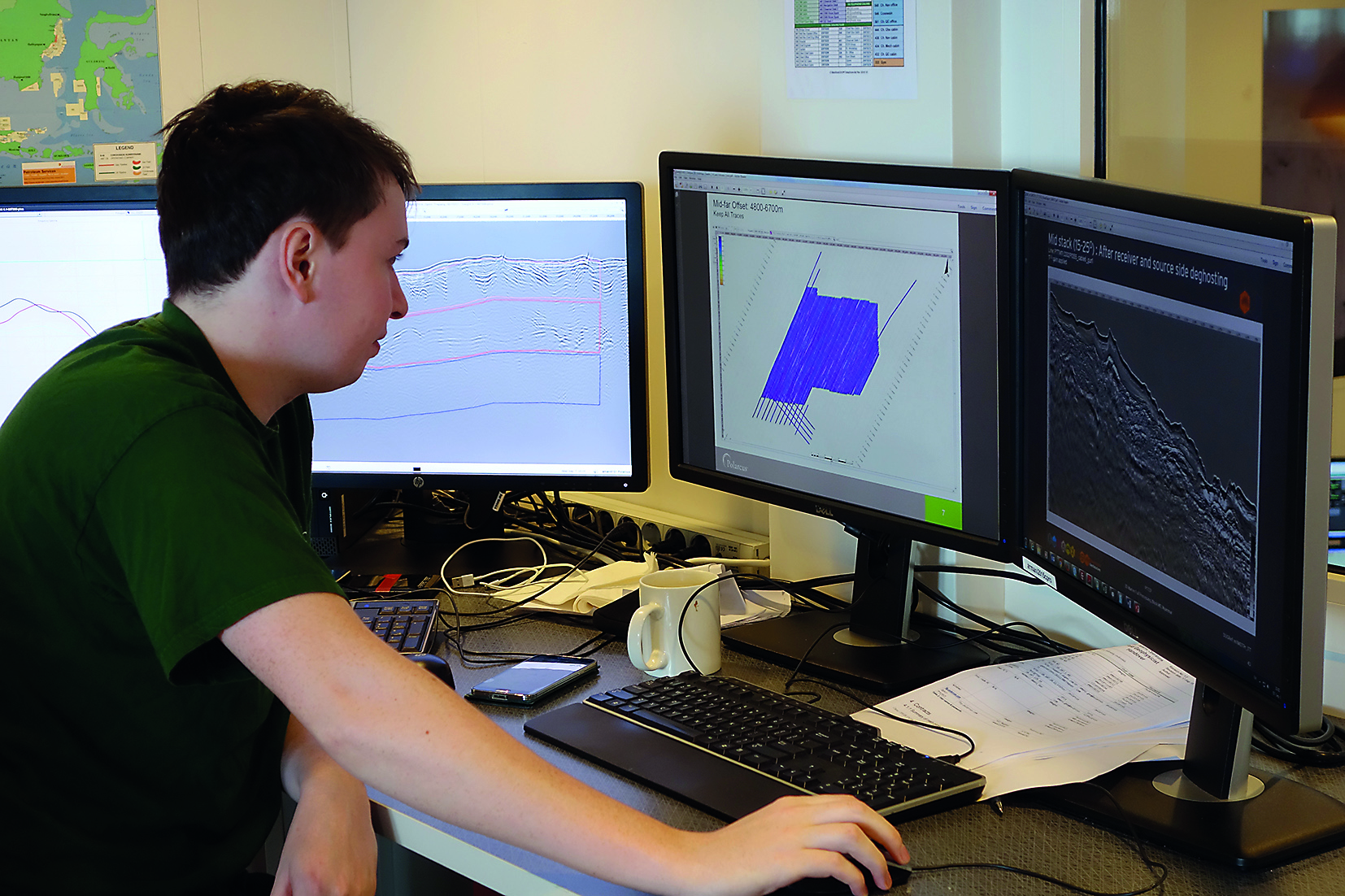
Technology and people
Has the technology finally arrived; do we now have the computers and the software required to achieve our goal of delivering a product straight from the vessel without a compromise in quality? Two years ago, Polarcus formed a partnership with DownUnder GeoSolutions (DUG), who provide the hardware and software that we use on board. The reasons for this alliance are multi-fold. Their software is fresh and optimised rather than a modification of an old platform. It is also coded to run on Xeon Ivy Bridge and Intel Phi Coprocessors, components found in supercomputers, unlike traditional ‘GPU’ based systems, allowing for more than just a few specific types of processes or algorithms to be run through these powerful sub-systems. These features combined offer a hugely powerful computer system that runs code very efficiently. So, for a given compute size, we get more speed and use less power for compute and cooling than other comparable systems.
However, we can’t just throw technology at the problem. What is equally important is that other aspect: the people. At Polarcus we have innovators who innovate! This means that we have a very flexible acquisition team who can adapt and develop to suit the combined needs of the client, the industry and our environment. We start the onboard flow with well sampled, low-noise and high quality data that is then passed to our experienced processing geophysicists, who utilise the tools on board to turn around deliverables within the tight deadlines often required.
We now have the compute power, the software and the people. Lastly, we apply common sense. To achieve an advanced product, we need to work from the start with our clients and likewise, our clients need to work with us. Together, we create the right flow that is tailored specifically for each project, maximising on the potential rather than compromising; exceeding rather than matching expectations.
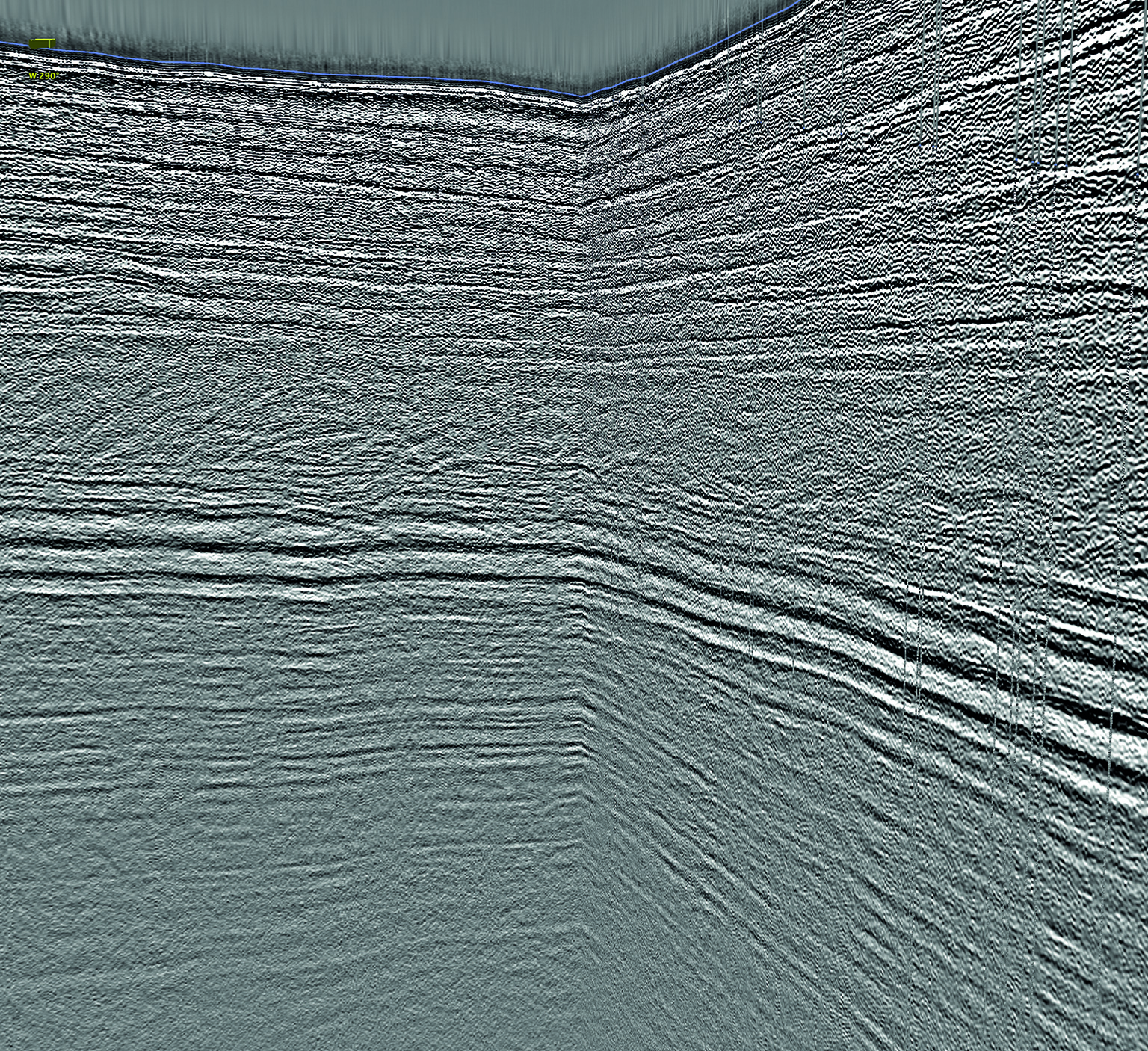
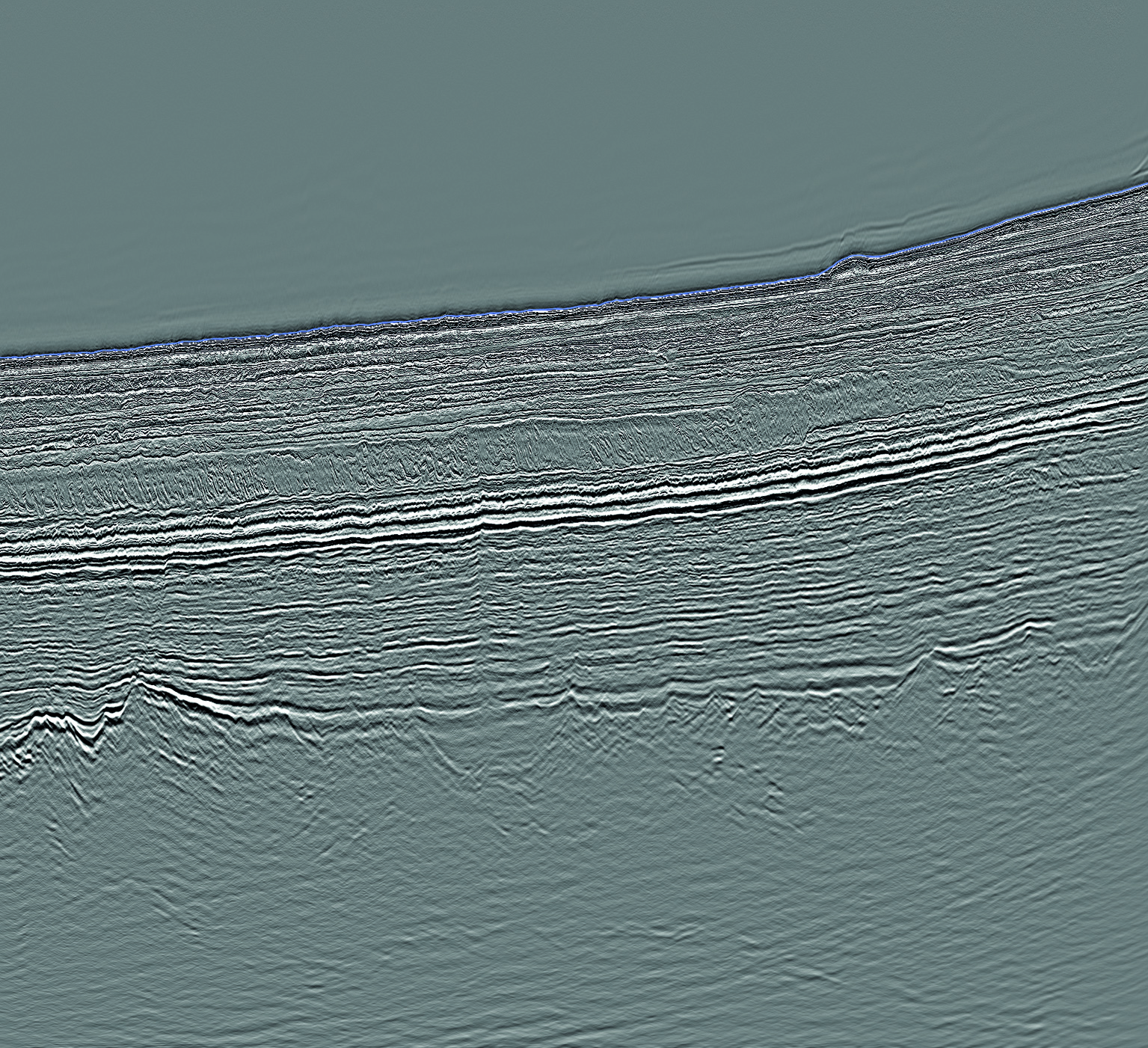
Start of something new
So, what does our priority processing flow look like? It includes high end linear and time-frequency variant de-noise, broadband source and receiver de-ghosting, 3D de-multiple, high-resolution radon and pre-stack time migration on a 25m grid with full offset range incorporating Voronoi weighting. Shortly after the last shot point, interpreters receive the final volumes delivered straight from the vessel. All this with the added benefit of a seamless input into any one of the global DUG processing centres which, of course, have the same systems and offer a wide range of FWI, QI and depth imaging services.
Two years ago, we had an ambition to change the status quo and the perceived attitude of what can be delivered from the vessel. Have we reinvented ‘fast-track’? No, we believe we have actually started something new.
Oh, how I miss the days of my 9-track tape drive chugging along under my desk onboard the boat, dreaming that surely we will be able to do this faster and better one day…




